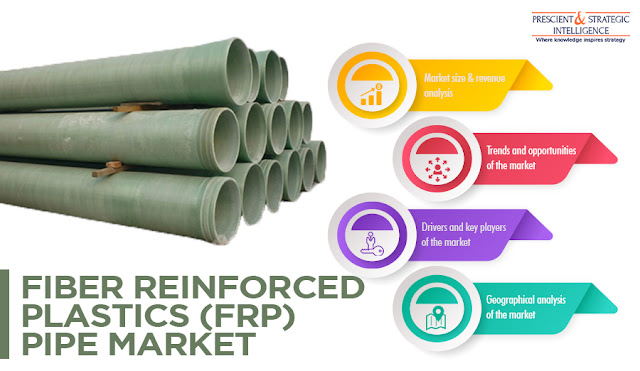
Why Are Old Iron Water and Sewage Pipes Being Replaced with FRP Variants?
Despite a strong focus on reducing the consumption of fossil fuels, the demand for crude oil and natural gas keeps increasing. For instance, oil imports to India grew from $70.72 billion in 2016–17 to $101.4 billion in value in 2019–20, says the India Brand Equity Foundation (IBEF). Similarly, according to the Organisation for Economic Co-operation and Development (OECD), worldwide crude oil production increased from 3.41 million tonnes of oil equivalent (Mtoe) in 2000 to 3.97 Mtoe in 2017. This has been possible because of the rampant exploration and production (E&P) activities being undertaken around the world.
As per P&S Intelligence, the rising E&P activities will be one of the many reasons behind the growth of the fiber-reinforced plastics (FRP) pipe market value to $3.8 billion by 2023 from $2,134.4 million in 2016, at an 8.4% CAGR between 2017 and 2023. This is because these pipes are widely used in the oil & gas industry as they conform to the safety requirements this sector has to meet. These pipes possess high tensile and impact strength and fire resistance, which make them suitable and reliable for oil & gas companies.
Currently, the FRP pipe market is led by Asia-Pacific (APAC), which is home to the most people and largest manufacturing sector in the world. In addition, urbanization is also the fastest in this region, with the UN saying that among the countries leading this demographic shift in the coming years, China and India will be two of the most significant. Already, Tokyo, Delhi, and Shanghai are number one, two, and three, respectively, on the list of the most-populated cities in the world, with Dhaka, Mumbai, and Beijing also prominent names on it.
Hence, with the booming urban population driving industrial production and demand for potable water, the adoption of FRP pipes will burgeon.
Comments